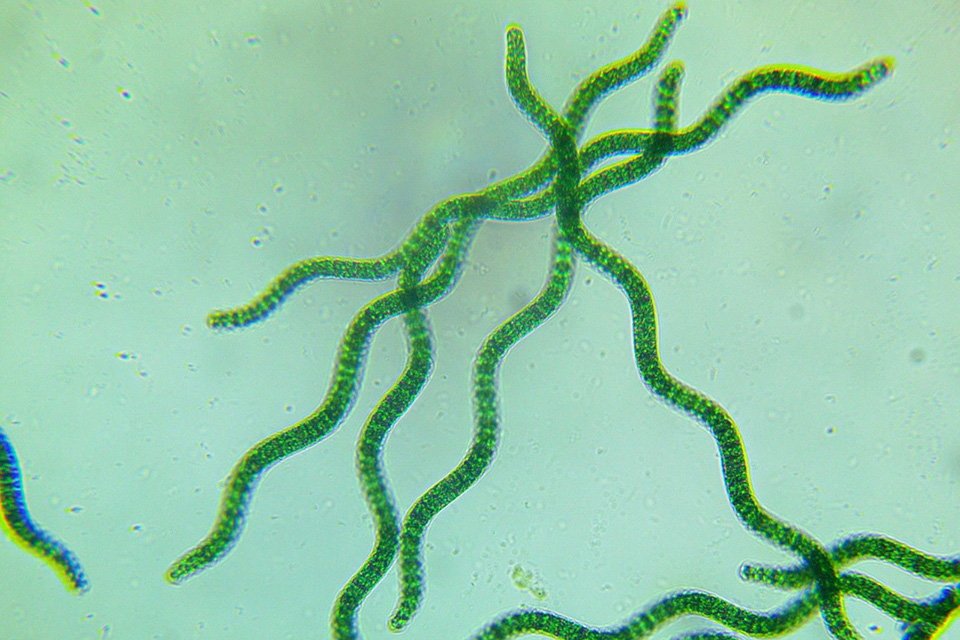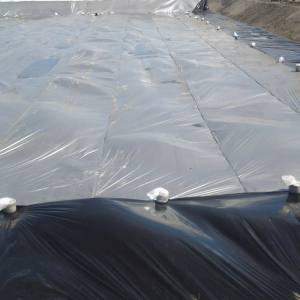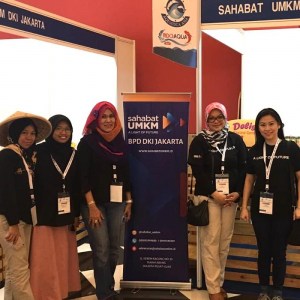
Effective Treatment of Aquatic Wastewater
| Thu, 17 Jun 2021 - 17:29
Spirulina sp. LEB18 when raised in aquatic wastewater environment is supplemented with 25% Zarrouk environmental nutrients for effective wastewater treatment and effective heavy metal absorption.
With a dense system of rivers and canals, it can be said that fisheries have been considered as one of the strengths of the Vietnamese economy, accounting for a large proportion in the industrial structure. Demand for aquatic products at home and abroad increases while natural resources are gradually depleted, that's why the aquaculture industry was born to make up for that shortfall as well as meet domestic and foreign demand. .
Along with the rapid development of the aquaculture industry in recent years are inevitable negative things. One of them is the problem of wastewater treatment of ponds or aquaculture facilities. Wastewater includes wastewater in the process of farming (wastewater from shrimp and fish farming, ...) and wastewater during processing, containing high levels of BOD, COD, Nitrogen and pathogenic microorganisms from feces. dead fish carcasses, residual chemicals, food mixed in the water environment. Therefore, the solution to treat wastewater safely, effectively and cost-effectively is receiving a lot of attention.
Also read: Mexico-based Startup Turns Wastewater Into Fish Feed
Spirulina platensis is a green filamentous, photoautotrophic microalgae, belonging to the family Cyanobacteria. Metabolism in microalgae is highly dependent on the composition of the medium and the culture conditions. With chemical properties such as high protein content (~70%), lipid (3 - 9%), carbohydrates (15 - 30%), carotene (superior to carrots) and vitamins (including B1, B2 and B12) allows them to be widely used in human and animal pharmaceutical, cosmetic and food technology.
Spirulina platensis is a nutritional supplement for all ages who are in need such as the elderly, athletes, pregnant women, children. Enhance resistance, antioxidant, anti-inflammatory, nutritional balance, hormone regulation, skin care, beauty, stress relief, support recovery for chronic patients, after injury, after surgery, chemistry long-term treatment, radiation therapy, antibiotics Suitable for the diet of people with obesity, diabetes, high blood pressure, etc.
However, there are still quite a few studies done to evaluate wastewater quality based on the synthesis of molecules. biology of microalgae. Faced with this problem, the research conducted aims to combine the cultivation of Spirulina biomass in parallel with wastewater treatment in aquaculture, while promoting the increase of macronutrients.

Spirulina Spirulina sp. LEB18
Spirulina Spirulina sp. LEB18 was grown in a 1L photobioreactor (Photobioreactor) to determine the best conditions through growth indicators. The experiment was repeated twice including 1 control treatment: 100% Zarrouk medium and 4 treatments: 100% wastewater and the addition of 75, 50, 25, 0% Zarrouk medium, respectively, within 7 days. , temperature 30 o C, 12 h am/dark, using aeration, the amount of water evaporated from the culture medium was added daily.
The results showed that the highest growth parameters in the 1L photobioreactor system were continued to be used in the pilot-scale bioreactor of 5L for 10 days.
Also read: ‘Water-forecasting’ and Fish Farms Fed on Waste
Aquaculture wastewater is collected before and after culture to check chemical composition, growth index, biomass composition, mineral composition, trace elements, determination of chlorophyll a. , b and total carotenoids and fatty acids.
The obtained results showed that all growth indices of Spirulina sp. LEB18 when reared in aquatic wastewater with 25% Zarrouk environmental nutrients added to it showed higher efficiency than the control treatment (100% Zarrouk medium). Besides, the ability to reduce a large amount of phosphate (99.97%); COD (89.34%) and nitrate (81.10%) due to the common mechanism of microalgae using NO 3 through nitrate and nitrite reducing enzymes during cell proliferation. It is also one of the effective solutions when currently in the industrial scale, nitrogen is often added to the culture medium of spirulina S. platensis from nitrate salts (NO 3 ), however, these sources are often expensive. high.
At the same time, they also have the ability to well absorb toxic heavy metals such as lead (Pb), mercury (Hg), cadmium (Cd) and arsenic (As) from aquaculture wastewater. Metal removal occurs due to the presence of carboxylate groups, which are mainly responsible for metal absorption on the surface of microalgae cells. Mineral composition has also been improved such as aluminum (Al), iron (Fe), calcium (Ca) and magnesium (Mg).
Also read: Intestinal Bacteriome of Pacific White Shrimp in Biofloc, Clear Water Systems
Therefore, the addition of 25% Zarrouk in aquaculture wastewater allows to obtain high yields in the rearing of biomass, carbohydrates, lipids and carotene with low production cost, which is an eco-friendly natural raw material. The field is highly feasible, which is significant in both science and practice.
Source: Tepbac.com






















